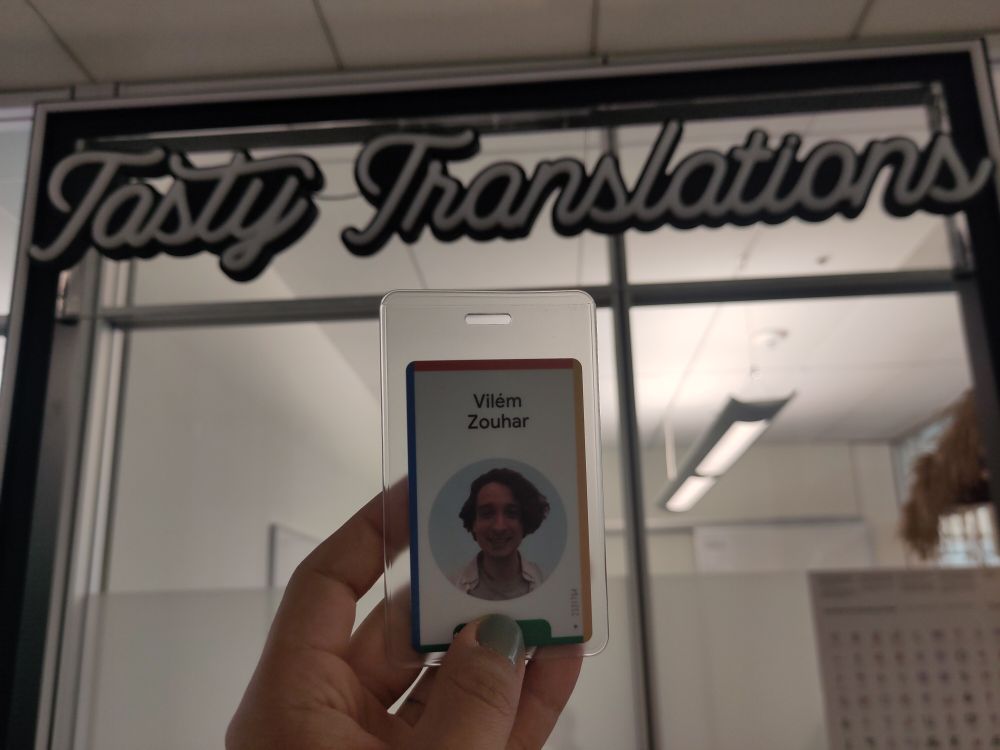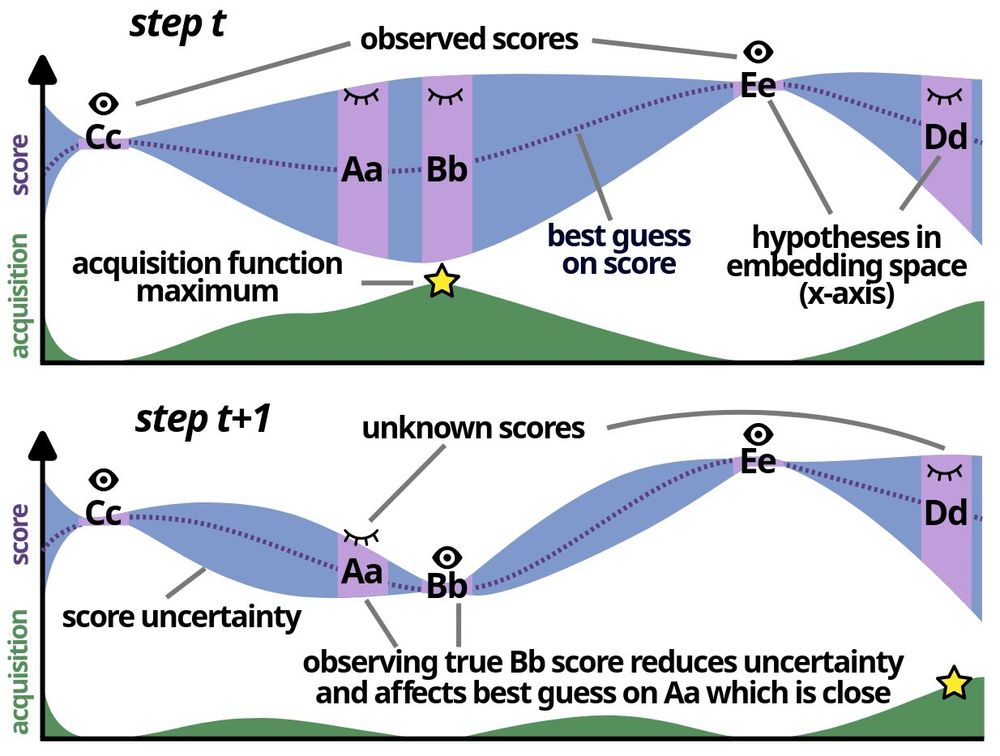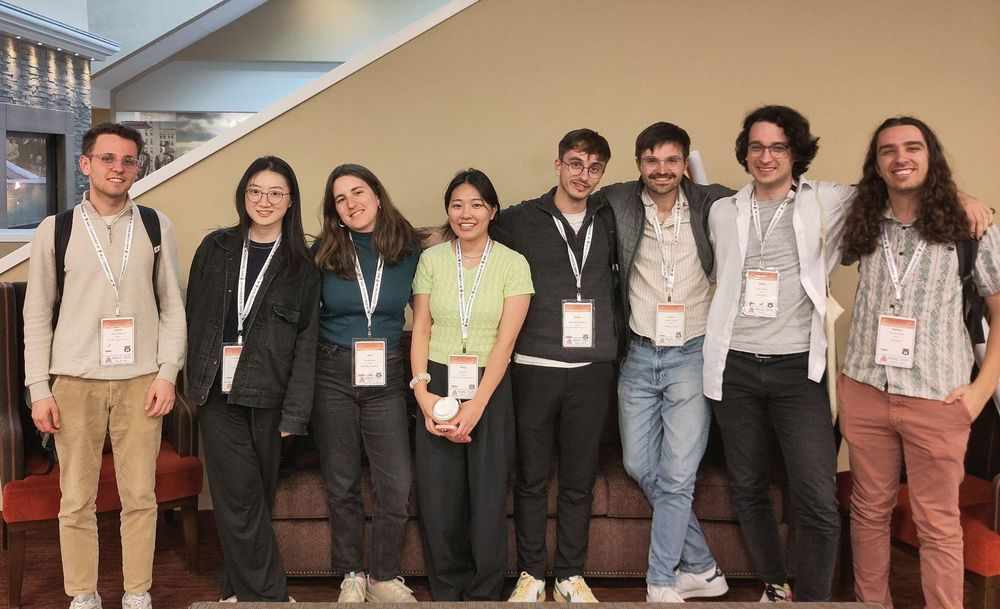
- Efficient evaluation (Nov 5, 16:30, poster session 3)
- MT difficulty (Nov 7, 12:30, findings 3)
- COMET-poly (Nov 8, 11:00, WMT)
(DM to meet 🌿 )



- Efficient evaluation (Nov 5, 16:30, poster session 3)
- MT difficulty (Nov 7, 12:30, findings 3)
- COMET-poly (Nov 8, 11:00, WMT)
(DM to meet 🌿 )
I am not secretive about having applied to 4 similar fellowships during my PhD before and not succeeding. Still, refining my research statement (part of the application) helped me tremendously in finding out the...
inf.ethz.ch/news-and-eve...

I am not secretive about having applied to 4 similar fellowships during my PhD before and not succeeding. Still, refining my research statement (part of the application) helped me tremendously in finding out the...
inf.ethz.ch/news-and-eve...
MME focuses on resources, metrics & methodologies for evaluating multilingual systems! multilingual-multicultural-evaluation.github.io
📅 Workshop Mar 24–29, 2026
🗓️ Submit by Dec 19, 2025

MME focuses on resources, metrics & methodologies for evaluating multilingual systems! multilingual-multicultural-evaluation.github.io
📅 Workshop Mar 24–29, 2026
🗓️ Submit by Dec 19, 2025
- Standard testsets are too easy (Figure 1).
- We can make testsets that are not easy (Figure 2). 😎


- Standard testsets are too easy (Figure 1).
- We can make testsets that are not easy (Figure 2). 😎
The following tasks are now open for participants (deadline July 31st but participation has never been easier 🙂 ):
The following tasks are now open for participants (deadline July 31st but participation has never been easier 🙂 ):
We can do better. "How to Select Datapoints for Efficient Human Evaluation of NLG Models?" shows how.🕵️
(random is still a devilishly good baseline)

We can do better. "How to Select Datapoints for Efficient Human Evaluation of NLG Models?" shows how.🕵️
(random is still a devilishly good baseline)

This year:
👉5 language pairs: EN->{ES, RU, DE, ZH},
👉2 tracks - sentence-level and doc-level translation,
👉authentic data from 2 domains: finance and IT!
www2.statmt.org/wmt25/termin...
Don't miss an opportunity - we only do it once in two years😏
If you're near Mountain View, let's talk evaluation. 📏

If you're near Mountain View, let's talk evaluation. 📏
(still requires a manual bbl)

(still requires a manual bbl)

1️⃣ Unsup. WQE shows promise (esp. uncertainty-based ones), interp approaches under-explored for MT
2️⃣ Calibration sets can help to ensure fair evaluations.
3️⃣ Use multiple annotators for robust rakings.
More info ➡️ arxiv.org/abs/2505.23183 8/8

1️⃣ Unsup. WQE shows promise (esp. uncertainty-based ones), interp approaches under-explored for MT
2️⃣ Calibration sets can help to ensure fair evaluations.
3️⃣ Use multiple annotators for robust rakings.
More info ➡️ arxiv.org/abs/2505.23183 8/8
We compare uncertainty- and interp-based WQE metrics across 12 directions, with some surprising findings!
🧵 1/

We compare uncertainty- and interp-based WQE metrics across 12 directions, with some surprising findings!
🧵 1/
(this is a joke)

(this is a joke)
Fret no more and come tomorrow at 11:00 to Hall 3 #NAACL2025.


Fret no more and come tomorrow at 11:00 to Hall 3 #NAACL2025.
See you tomorrow at 9:00 in Hall 3 #NAACL2025.


See you tomorrow at 9:00 in Hall 3 #NAACL2025.
@crystinaz.bsky.social
@oxxoskeets.bsky.social
@dayeonki.bsky.social @onadegibert.bsky.social

@crystinaz.bsky.social
@oxxoskeets.bsky.social
@dayeonki.bsky.social @onadegibert.bsky.social



And how can span annotation help us with evaluating texts?
Find out in our new paper: llm-span-annotators.github.io
Arxiv: arxiv.org/abs/2504.08697

And how can span annotation help us with evaluating texts?
Find out in our new paper: llm-span-annotators.github.io
Arxiv: arxiv.org/abs/2504.08697


